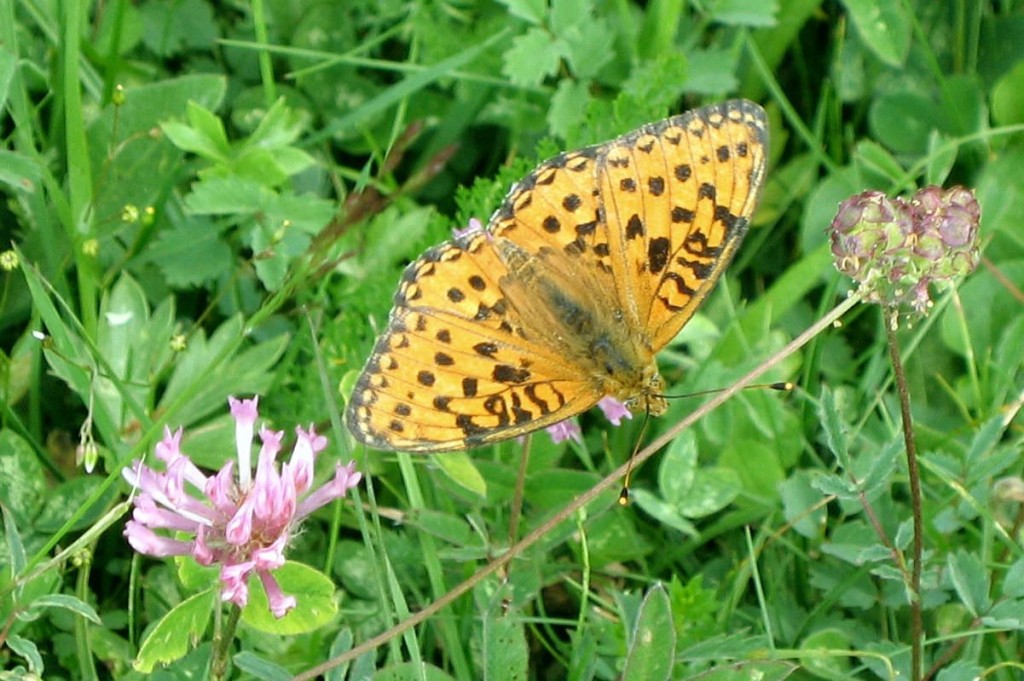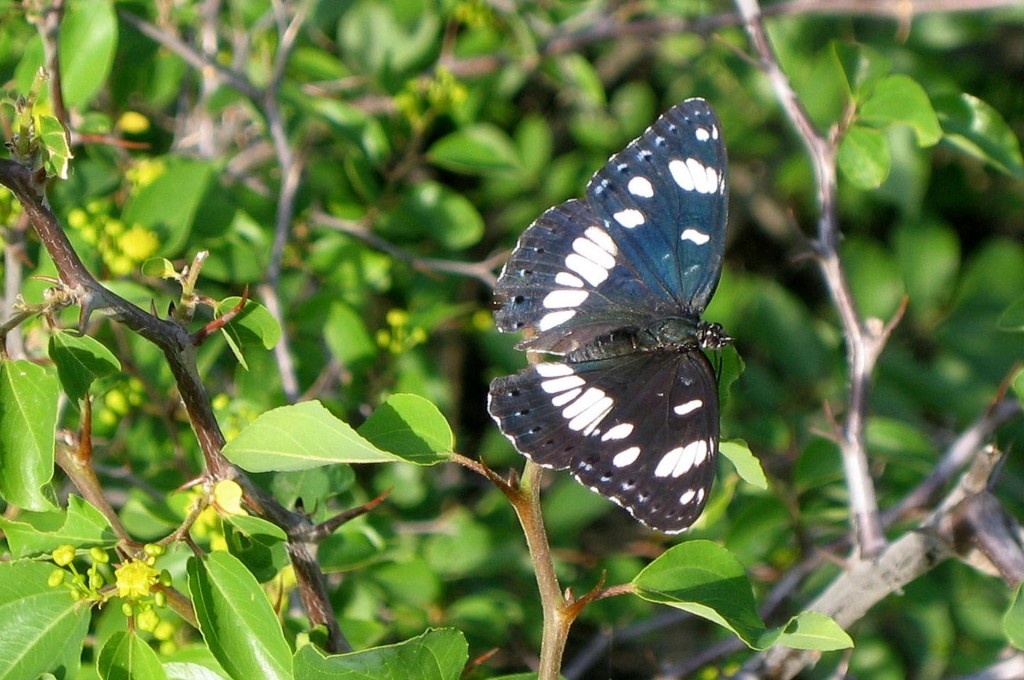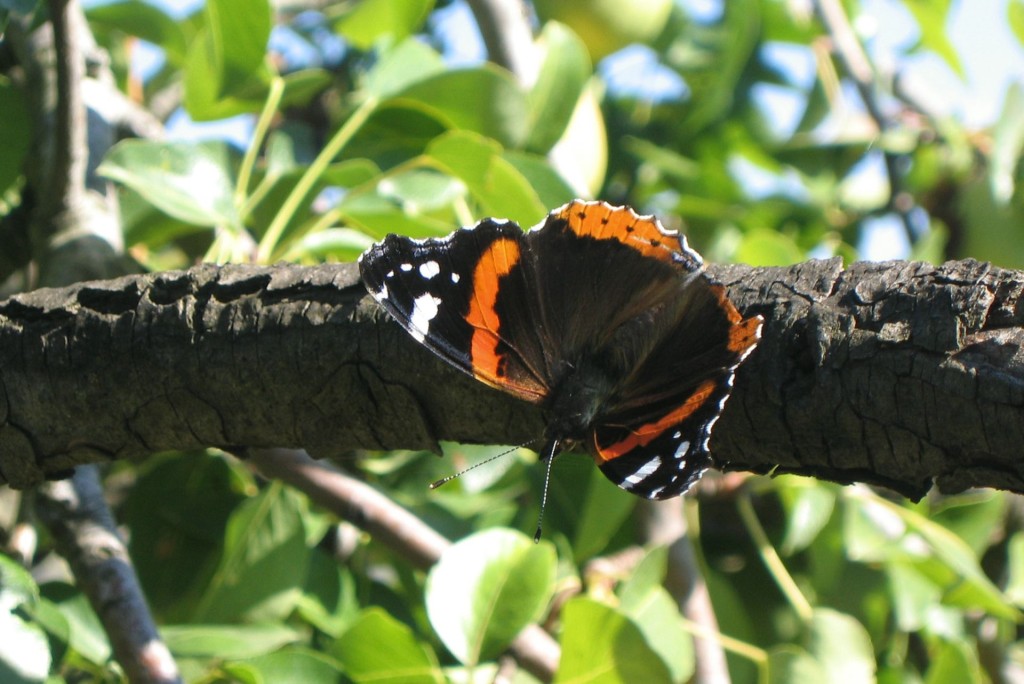 Since several years, tour operators from the European Union have been trying to attract customers with special wishes. People are no longer interested in spending their holidays on the beach – they want to be active and to experience something new. Hiking and biking is popular, but also theme tours with a special topic: orchids, butterflies or photography.
Since several years, tour operators from the European Union have been trying to attract customers with special wishes. People are no longer interested in spending their holidays on the beach – they want to be active and to experience something new. Hiking and biking is popular, but also theme tours with a special topic: orchids, butterflies or photography.
From Great Britain, Germany and the Netherlands, butterfly tours are, among others, organized to Macedonia, Hungary, Greece and Bulgaria. The price for an organized trip – 8 days, accommodation included – varies from €1000 to €1500 per person (SNP Holland). I am quite sure that such round trips could also be interesting for Montenegro, where you can find many butterflies that are very rare in Western Europe. However, when surfing on the internet I could not find any data about this topic relating to Montenegro. As far as I know, Montenegro does not have a Red List of endangered species yet. Maybe it’s time to focus on this issue.
 I have always been interested in photographing butterflies, grass hoppers and dragonflies. In my garden in Rogami I have planted buddleias, lavender and rosemary; plants that attract many different butterflies and other insects. Armed with my macro lens and a lot of patience, I have succeeded in ‘catching’ some beautiful specimens.
I have always been interested in photographing butterflies, grass hoppers and dragonflies. In my garden in Rogami I have planted buddleias, lavender and rosemary; plants that attract many different butterflies and other insects. Armed with my macro lens and a lot of patience, I have succeeded in ‘catching’ some beautiful specimens.
Picture 1 shows the Common swallowtail (Papilio machaon). In Montenegro it is called ‘obični lastin repak’ and due to its magnificent colors and its wing span of around 9 cm it is considered to be one of the most beautiful butterflies. It is protected in most European countries.
The Scarce swallowtail (Iphiclides podalirius) is shown on picture 2.
 In Croatia it is called ‘prugasto jedarce’ and it is protected by the Croatian Red List. On a Dutch scientific website I discovered that only seven of them had been observed in the Netherlands in the last few years!
In Croatia it is called ‘prugasto jedarce’ and it is protected by the Croatian Red List. On a Dutch scientific website I discovered that only seven of them had been observed in the Netherlands in the last few years!
Another protected butterfly is the Dark-green fritillary (Mesoacidalia aglaja) on picture 3.The popular Peacock (Inachis io) or ‘danje paunče’ is found in many countries of the world. Its wing span is 50-55 mm and the eyespots on its wings play the role of an anti-predator mechanism (picture 4).
The Southern white admiral (Limenitis reducta) is found in Southern Europe and the Balkans only (picture 5), while the Red admiral (Vanessa atalanta) is more frequent all over Europe (picture 6).
 But this is only a part of my photo collection. Maybe you have never paid attention to this aspect of nature in Montenegro, maybe you have never studied the phantastic colors and figures on the wings of these beautiful creatures. But believe me, it is worth the effort! Many tourists would be happy to see such a variety of butterflies in their own environment…
But this is only a part of my photo collection. Maybe you have never paid attention to this aspect of nature in Montenegro, maybe you have never studied the phantastic colors and figures on the wings of these beautiful creatures. But believe me, it is worth the effort! Many tourists would be happy to see such a variety of butterflies in their own environment…


Prekrasni snimci, vrijedni divljenja!
https://epa.org.me/wp-content/uploads/2023/10/WEB_CRVENA_LISTA_DNEVNIH_LEPTIRA_CRNE_GORE.pdf
I just found this red list. Might be of interest.